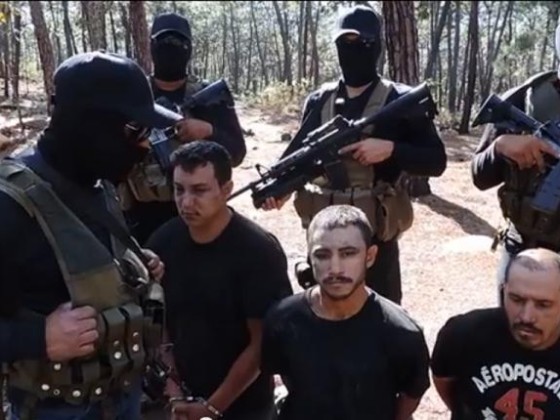MEXICO CITY — From the outside, the two buildings looked like thousands of other farmhouses in Mexico’s agricultural heartland of Jalisco, where products include potent tequila. But when police raided them in October, they found industrial metal cutters, blowtorches and bullet cartridges.
A drug cartel had used them, Jalisco investigators revealed, to assemble their own AR-15 assault rifles.
